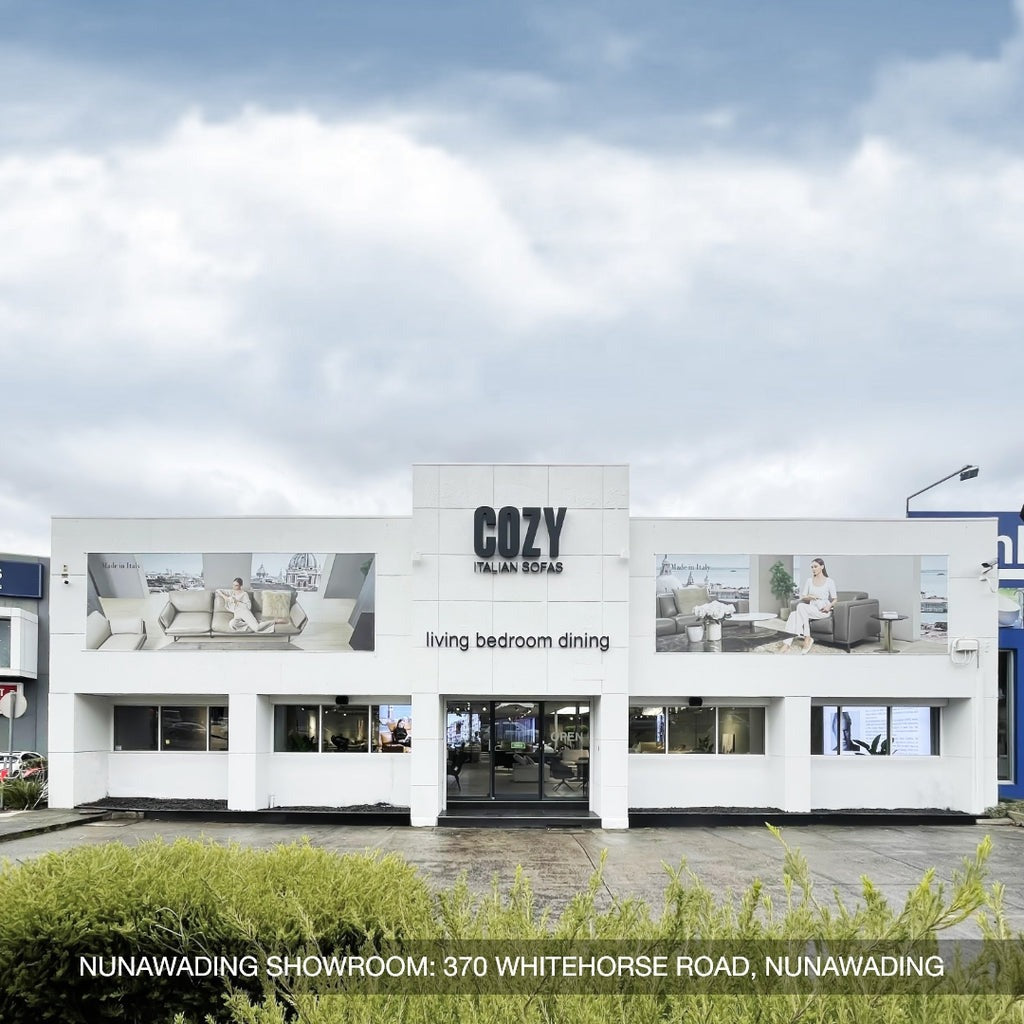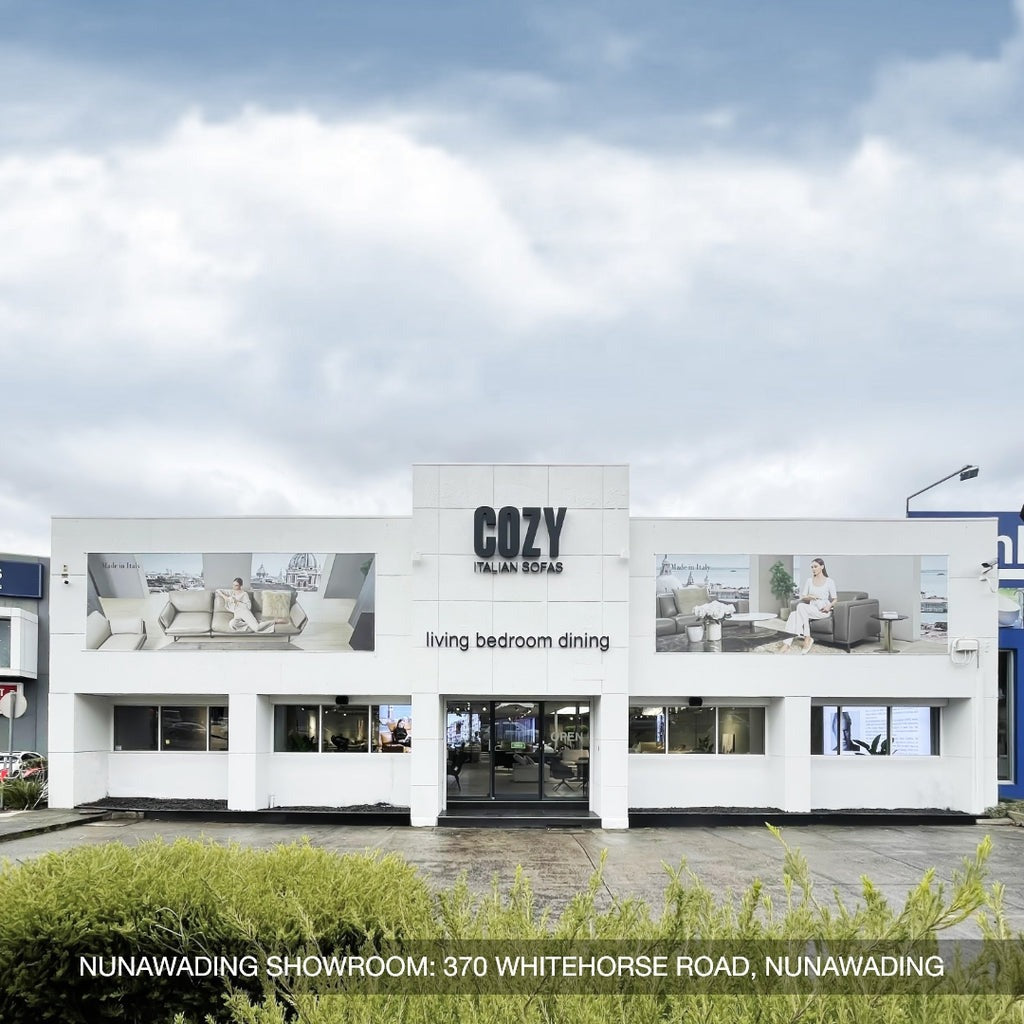Creating a harmonious and appealing space involves understanding he interior design colour rules combination in interior design. This guide will explore how to combine colours in interior design to create stunning, vibrant, or calming atmospheres. By effectively using color in interior design, you can transform your home into a place that reflects your personal style and enhances your living experience.
The 60-30-10 Rule
The 60-30-10 color rule is a timeless guideline used in interior design to create a balanced and harmonious color palette in any room. This rule helps in distributing colors proportionately to achieve visual interest and coherence.
Implementing this rule effectively involves:
- 60% dominant color: This is the primary color that covers the majority of the space. It sets the tone and foundation of the room. Think of this as the backdrop.
- 30% secondary color: The secondary color supports the main color, providing contrast and depth without overpowering the dominant color. This color is used to highlight significant features of the room.
- 10% accent color: The accent color adds the final touch, introducing pops of color that draw attention and add visual interest. This color is used sparingly but strategically.
Consider a living room designed using the 60-30-10 rule. Neutral beige might cover 60% of the room, encompassing the walls, large pieces of furniture like the sofa, and possibly even the flooring. A calming blue could be the secondary color, featuring in the curtains, a large area rug, and perhaps a few smaller pieces of furniture like side chairs. To add a touch of vibrancy and interest, an accent color such as bright orange could be incorporated. This could manifest in the form of throw pillows, decorative artwork, and small accessories like vases or picture frames.
Color Temperature
Color temperature refers to the classification of colors into two categories: warm and cool. Warm colors include reds, oranges, and yellows, which evoke a sense of energy and coziness. Cool colors encompass blues, greens, and purples, which are associated with calmness and relaxation.
To effectively utilize color temperature in your design:
- Implement warm colors to create a cozy, inviting atmosphere in spaces like living rooms or dining areas. These colors can make a large room feel more intimate and welcoming.
- Cool colors are ideal for creating a calm, relaxing environment, making them perfect for bedrooms and bathrooms. These hues can help lower the perceived temperature of a space, making it feel more serene.
- Achieve harmony by balancing warm and cool colors. This balance can be seen in a room where warm wood furniture is paired with cool-toned walls, creating a well-rounded, pleasant environment.
In a bedroom, painting the walls a cool blue and incorporating warm wood furniture creates a balanced and restful space. The cool blue promotes relaxation, while the warm wood adds a touch of coziness, demonstrating effective use of color theory in interior design.

Color Psychology
Color psychology explores how different colors evoke specific emotions and moods. This concept is crucial in interior design, as the right colors can significantly impact how a space feels and functions.
To apply color psychology effectively in your design:
- Select colors that align with the emotional tone you want to set in each room. For instance, use calming colors in relaxation areas and energizing colors in active spaces.
- Tailor your color choices to the purpose of the room. A home office might benefit from colors that enhance focus and creativity, while a bedroom should promote relaxation and tranquility.
Example: In a home office, using energizing yellow can promote creativity and focus. This approach leverages color psychology to create a functional and inspiring workspace.
Complementary Colors
Complementary colors are pairs of colors that are opposite each other on the color wheel, such as blue and orange or red and green. These pairings create high contrast and vibrant energy when used together.
To effectively incorporate complementary colors:
- Incorporate complementary colors to achieve a bold, dynamic look in your interior spaces. These color pairings can make a strong visual impact and add excitement to a room.
- To prevent the space from feeling overwhelming, balance complementary colors with neutral tones. This approach ensures that the vibrant colors stand out without dominating the entire room.
Pairing blue and orange accents in a neutral-toned living room can create a vibrant and eye-catching design. This method of using color in interior design utilizes unexpected color pairings to make the space lively while maintaining balance through neutral elements.

Analogous Colors
Analogous colors are groups of three colors that are next to each other on the color wheel, such as blue, blue-green, and green. These colors often match well and create serene and comfortable designs due to their close relationship.
To create harmonious designs with analogous colors:
- Using analogous colors can result in a soothing and cohesive aesthetic. This method leverages the natural harmony of neighboring colors to create a visually pleasing environment.
- Select one color as the dominant hue and use the other two as accents. This approach ensures balance and prevents the space from becoming monotonous.
In a bathroom, combining shades of green and blue can create a serene, spa-like atmosphere. The dominant color might be a soft green for the walls, with blue accents in the tiles and decor. This application of the elements and principles of interior design ensures a cohesive and tranquil space, perfect for relaxation.
Monochromatic Color Scheme
A monochromatic color scheme involves using various shades, tints, and tones of a single color. This approach creates a unified and sophisticated look by focusing on one color family.
To create depth and interest in a monochromatic scheme:
- Select different shades and tints of the same color to add visual interest. This variation in intensity can prevent the room from appearing flat.
- Incorporate different textures to create depth and intrigue. Textured fabrics, materials, and finishes can enhance the monochromatic scheme, making it more dynamic.
A living room designed with shades of gray, ranging from light dove gray to deep charcoal, can be both elegant and inviting. The use of varying textures in fabrics, such as velvet cushions, linen drapes, and a shaggy rug, adds depth and interest.
The 80/20 Color Rule
The 80/20 color rule in interior design suggests that 80% of the room should be decorated with neutral colors, while the remaining 20% should feature bolder, more vibrant colors.
To effectively implement the 80/20 color rule:
- Utilize neutral tones for the majority of the room, including walls, floors, and large pieces of living room furniture. This creates a calm and versatile backdrop.
- Introduce bold colors through smaller items and accessories, such as cushions, rugs, artwork, and decorative pieces. These pops of color add personality and interest to the space.
In a kitchen, white cabinets and countertops can account for 80% of the color scheme, providing a clean and timeless look. Bold red bar stools and decorative items can make up the remaining 20%, adding a vibrant and energetic touch. This approach to using color in interior design ensures that the space feels both balanced and dynamic.

Color Continuity
Color continuity involves creating a cohesive color flow throughout the home, ensuring a seamless visual transition between different rooms. This technique enhances the overall harmony and unity of the living space.
To achieve effective color continuity:
- Maintain a consistent color palette across different rooms to create a unified look. This approach ties the entire home together, providing a sense of continuity and flow.
- While keeping the color palette consistent, vary the intensity or prominence of the colors in each space. This variation adds interest and prevents monotony while still maintaining a cohesive design.
A cohesive color flow can be achieved by using the same accent color in various forms across different rooms. For instance, a soft teal could be used for throw pillows in the living room, towels in the bathroom, and a vase in the dining room. This strategy aligns with color theory in interior design and helps in creating a harmonious and well-integrated home environment.
The Rule Of Three (For Colors)
The Rule of Three in interior design suggests limiting your color palette to three main colors to achieve a balanced and aesthetically pleasing space. This rule simplifies the process of selecting and combining colors.
To apply the Rule of Three effectively:
- Select one neutral color to provide a base, a rich color to add depth, and an accent color to introduce vibrancy and interest.
- Use these three colors in varying amounts throughout the room. Typically, the neutral color will cover the largest area, followed by the rich color, with the accent color used sparingly.
In a bedroom, applying the Rule of Three might involve using white for the walls, navy blue for the bedding, and gold for the accents. This method of using color in interior design ensures a balanced and cohesive look.
Consider Natural Light
Natural light significantly affects how colors are perceived in a space. Understanding and considering the impact of natural light is crucial when choosing and applying colors.
To make the most of natural light in your color choices:
- Observe how colors change under different lighting conditions throughout the day. This helps in selecting hues that will look their best in the actual environment.
- Select colors that enhance and complement the amount and quality of natural light in the room. This approach ensures that the space feels harmonious and visually appealing at all times.
In a north-facing room, which typically receives cooler light, warming up the space with golden or creamy wall colors can create a more inviting atmosphere.
Conclusion
Understanding the fundamental principles of color combination in interior design and using color in interior design effectively enhances both functionality and aesthetics, making your home truly reflective of your style.
For inspiration and quality pieces to complement your design choices, visit COZY. With our wide range of options, you'll find everything you need to bring your vision to life and create the perfect ambiance in every room.





